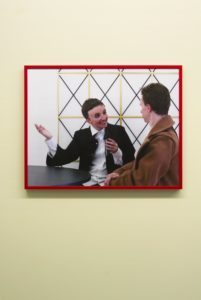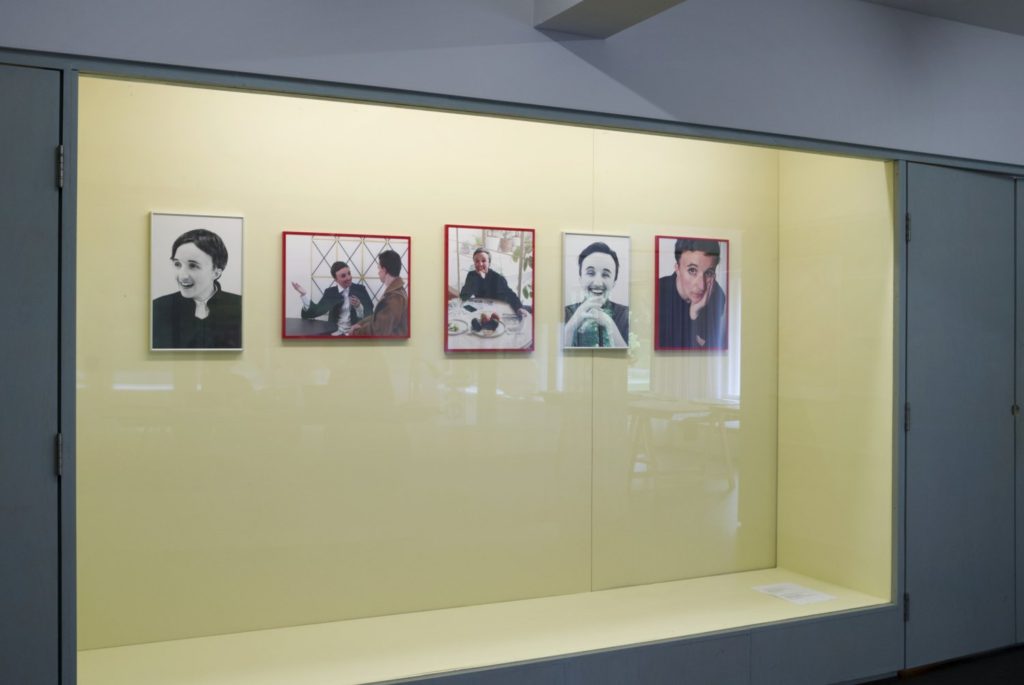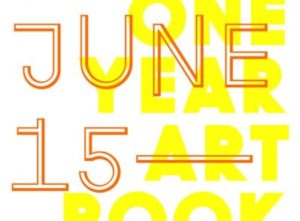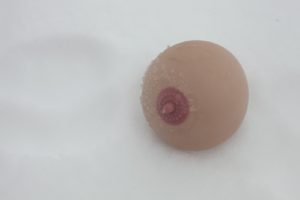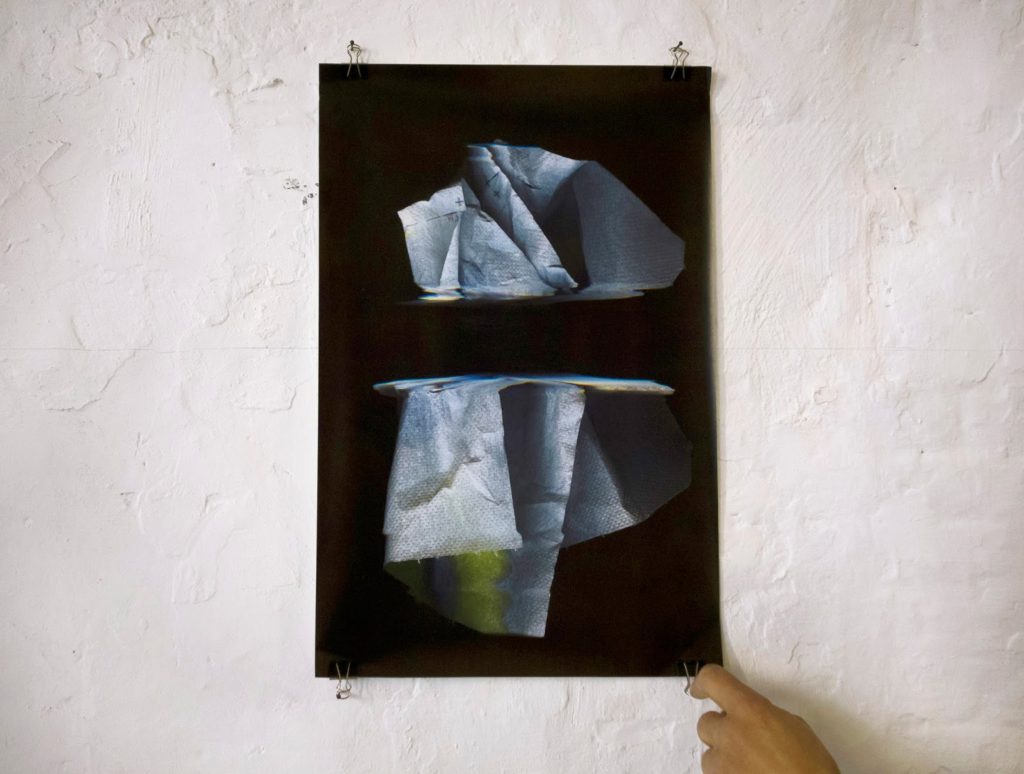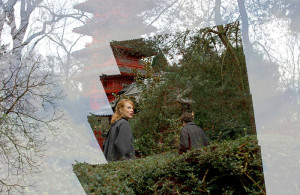Short of providing a list of things that were good (or bad) in 2016, here is a summary of a year that has seen AQNB, its audience and its art of interest evolve into something that goes well beyond a generational trend or glitch. Shaping and being shaped by a moment of social upheaval, the internet as a medium and a political tool has had an indelible effect on the global landscape, laying a strong foundation for a very uncertain future. Whether there’s ever been a ‘better time’ is up for debate but there’s no doubting that unparalleled access to a lot of information for some has led to an awareness that is more expansive than any of a known recent history. The instrumentalisation (and control) of the online mind, too, has been enormous. Its effects both positive and very, very negative.
Hence, we enter into a new era. Life after Brexit, a Trump election and an ongoing proxy war for which all of us are responsible. Until then, here’s a look back at some of our favourite writing for 2016, so you can brace yourselves for the future.
Features
Value added: an artist considers art’s role in the property market
In the wake of aggressive property development and gentrification in London, artist-writer Mitch, wanders through the geography of the English capital to try and identify the effects artists and artistic communities can have on an area. These places include real estate in the London suburb of Peckham, the recent relocation of Project Native Informant, the second incarnation of artist-run space The Woodmill and Peckham Road organisation South London Gallery.
Hot young thing: An artist unpacks fetish and (self-)objectification in the art world
A young artist unpacks her very personal experience of institutional misogyny in the art world as a site of reification for dominant patriarchal ideologies. Leading the reader through a narrative of her subordination to, and ultimate liberation from sexism via Catholicism, Sappho questions the externalizing and re-internalizing of violence on the self as a direct result of a restrictive art market.
Convening with Black Women Artists for Black Lives Matter
One of the many events organized as part of Simone Leigh’s exhibition The Waiting Room, writer Frankie Archer joined BWA for BLM, which took over three floors of the New Museum for an evening of communal healing, solidarity and action. Leigh brought together over a hundred black women artists to take part in programming installations, performances and screenings situated within black female subjectivity.
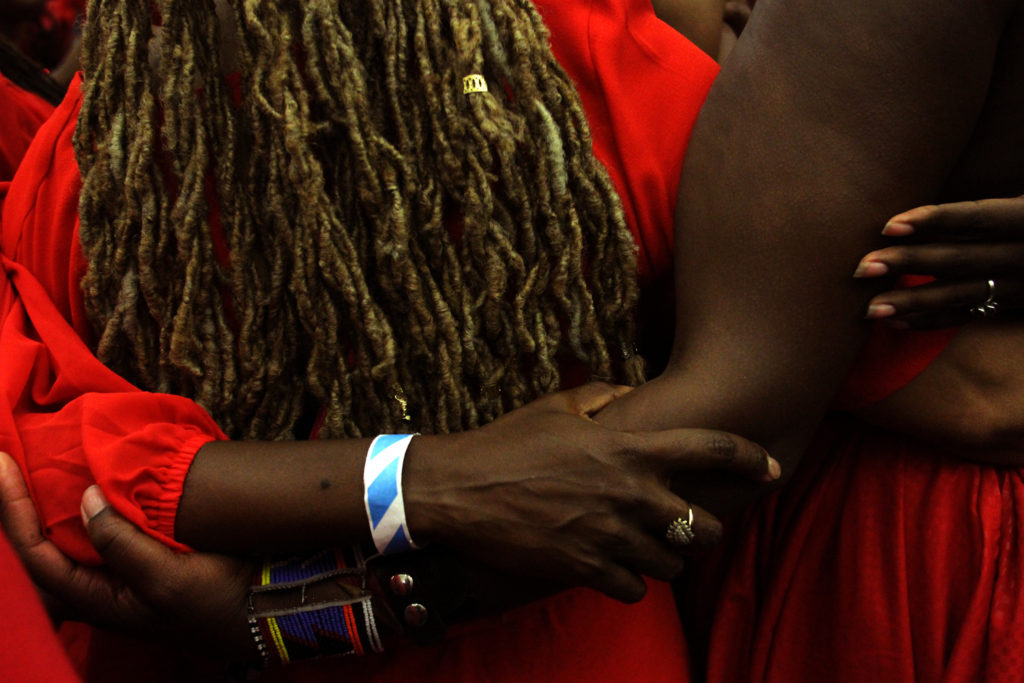
Interviews
New-York based artist Chloe Wise spoke to writer Audrey Phillips about the machinations of marketing, the banality of trends, and the power behind the ‘shiny’. Famous for her clever critique of the fashion and the consumer industry, Wise also touched on the similarities between how women and food are described, as well as the misogynistic language surrounding female representation.
aqnb editor Jean Kay caught up with music duo Stine Omar and Max Boss of Easter in Berlin, to discuss the web of associations that runs through the lyrical, musical, visual and conceptual amalgam of their work. It’s a conversation that touches on trolling, gender fluidity and fetish.
LA-based artist Candice Lin presented A Body Reduced to Brilliant Colour at London’s Gasworks. It was her first solo exhibition in London, where she explores the perishable nature of the work and its deep roots within objects, colonialism and language.
AQNB x ViC video editorial collaborations
Claire Tolan: ‘Thinking Systems (ASMR)’ p.2
Berlin-based artist Claire Tolan talks about her practice, from mixing ASMR sounds live on air for her BCR show ‘You’re Worth It’ to applying a growing archive to her ringtone database Shush Systems, while investigating how social events in physical spaces can model themselves on interactions on the internet.
Anna Zett, ‘Theory of Everything’, p.1
The Berlin-based artist behind “modern research drama” This Unwieldy Object, Anna Zett, talks about working with video as a medium and gathering empirical evidence of the attitudes and perspectives surrounding her chosen subjects, including dinosaurs, boxing and the brain
London-based producer and performer Klein follows up the release of her first EP Lagata with a conversation about being self-taught within the electronic realm, and what has influenced her practice, from Gospel to Pavarotti.
AQNB x ViC screening presentations
As part of an ongoing series of screening, reading, performance and discussion events organised in collaboration with video production partners Video in Common, aqnb editor Jean Kay visited art spaces in London, Los Angeles and Berlin – all key cultural centres in the art editorial platform’s network – to present work by artists along a given theme.
‘The Future Is Here, It’s Just Not Evenly Distributed’
Presented at Berlin’s Import Projects in March, ‘The Future Is Here, It’s Just Not Evenly Distributed’ interrogated the systems and infrastructures embedded in the internet and how these affect distribution, flows of information and power.
Presented at London’s Assembly Point in May, explored the questions and developments that emerge when reformulating the categories, formats and frameworks that come with shifts in networked communication, and its influence on community-building and identity-formation.
‘Accessing Economies: Withdrawal + Engagement’
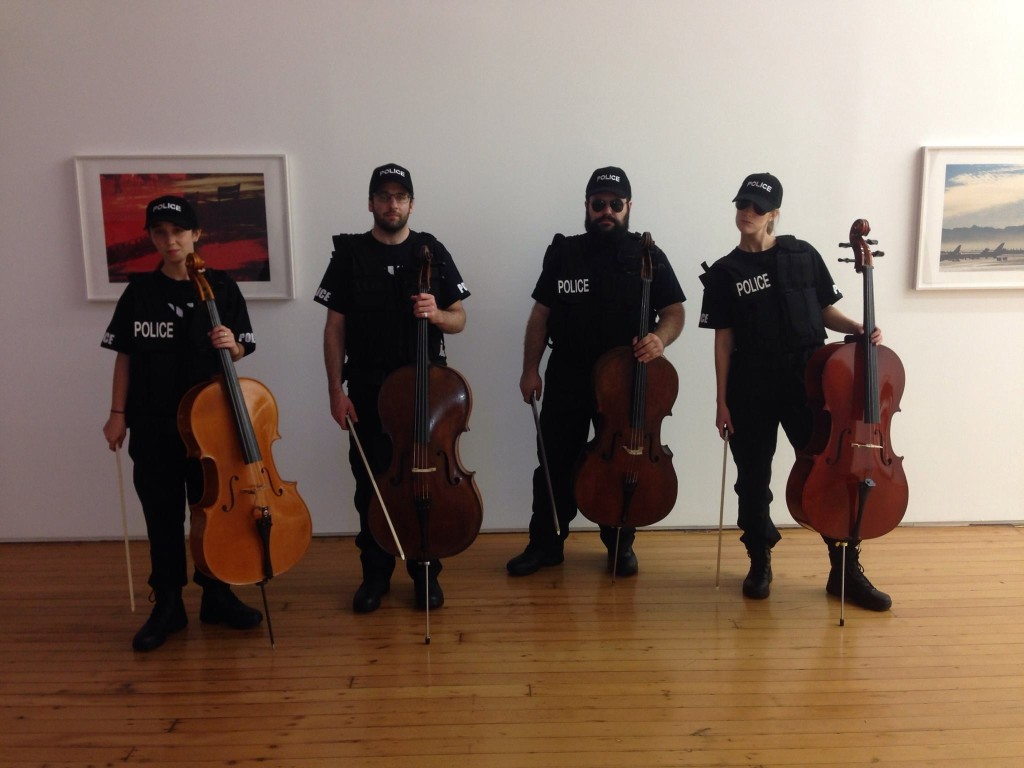
Event + performances
James Ferraro’s live performance of ‘Burning Prius’ at Château Shatto
An evening of poetry Buenos Tiempos, Int.’s home during Art Brussels 2016
Johannes Paul Raether’s performance leads his audience into a real-life problem
The final Paramount Ranch alternative art fair in a Wild West film set town
Recommended listening
n-prolenta’s Get Me Bodied mix
COOL FOR YOU’s ‘SEPARATISM’ mix
Recommended reading
General Fine Arts Issue 1, Vol. 2
Sarah M Harrison’s All The Things
‘No Internet, No Art’ – A Lunch Bytes Anthology‘**
Header image: Georgie Nettell, Current Affairs (2016). Install view. Courtesy Project Native Informant, London.
share news item
